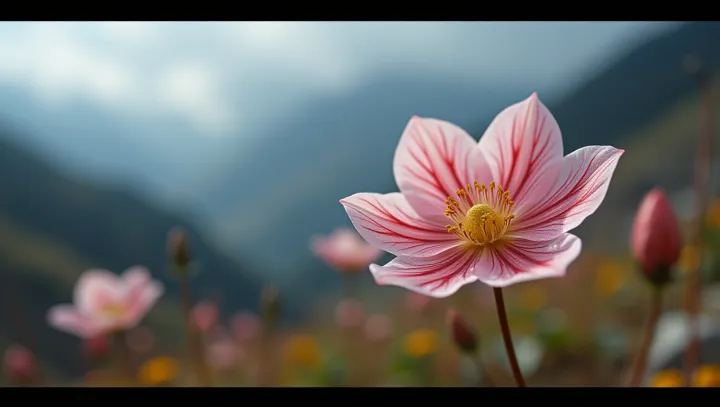The Bloom of Eternity

Nestled in the remote Tibetan mountains, a team of international researchers has rediscovered a flower long believed extinct. This pristine discovery is poised to change our understanding of plant evolution and has potential applications in modern medicine. The flower, known as 'Himalayan Blue Beryl', was stumbled upon by botanical experts from the Institute of Tibetan Ecology and a group of leading botanists from the western universities.
Initial findings suggest that the flower has evolved unique survival traits, enabling it to withstand extreme weather conditions, an insight that could be valuable for developing climate-resilient crops. According to Dr. Amanda Fischer, a botanist involved in the study, the discovery marks a significant step forward in botanical research.
'This ancient bloom provides critical evidence of plant adaptation over centuries, holding keys to genetic resilience,' she stated during a recent press conference. Beyond its scientific intrigue, the flower possesses compounds with restorative properties, sparking interest among pharmaceutical companies. As the world seeks sustainable solutions, the Himalayan Blue Beryl stands as a natural emblem of resilience, prompting a renewed focus on the delicate balance between exploration and conservation.
